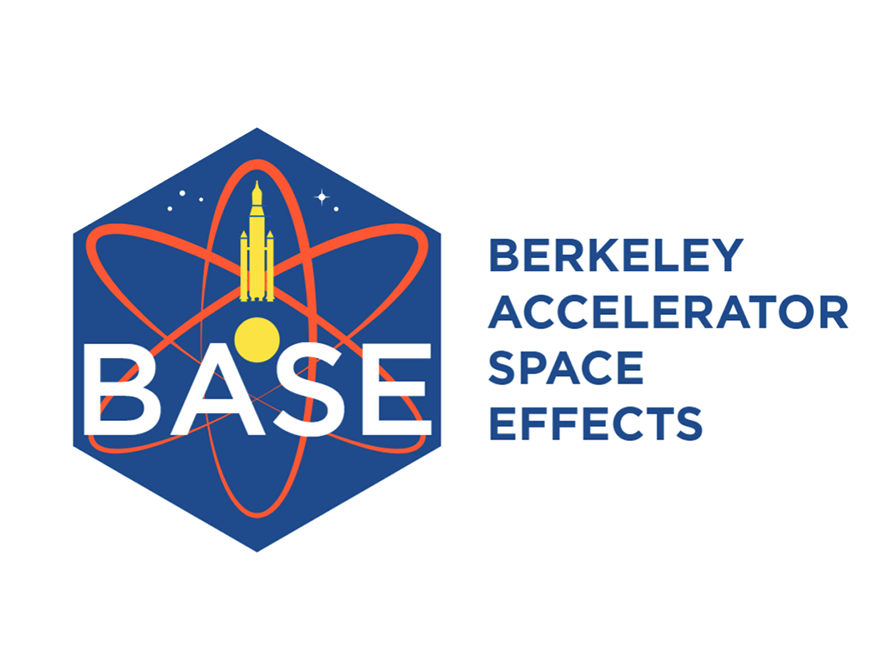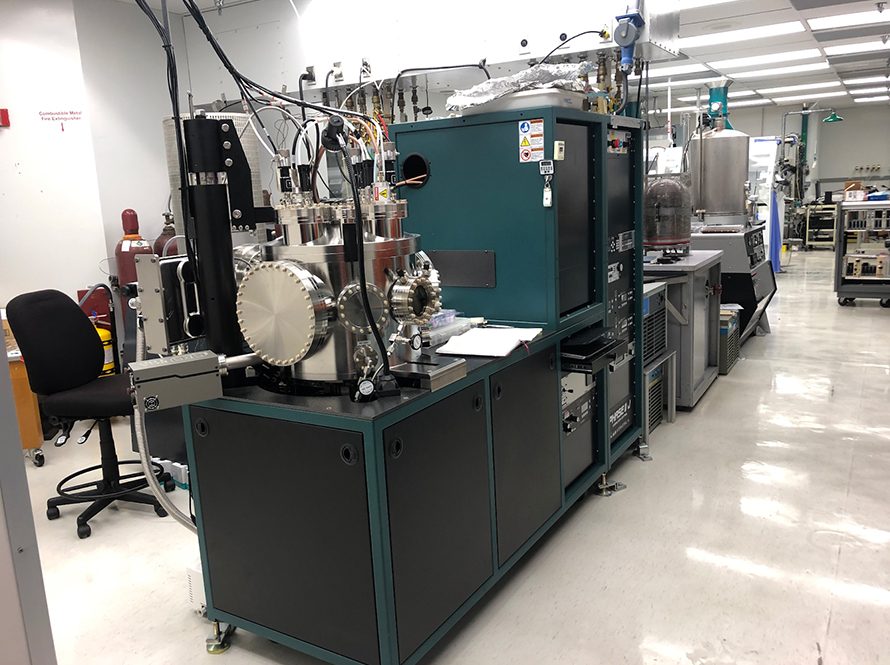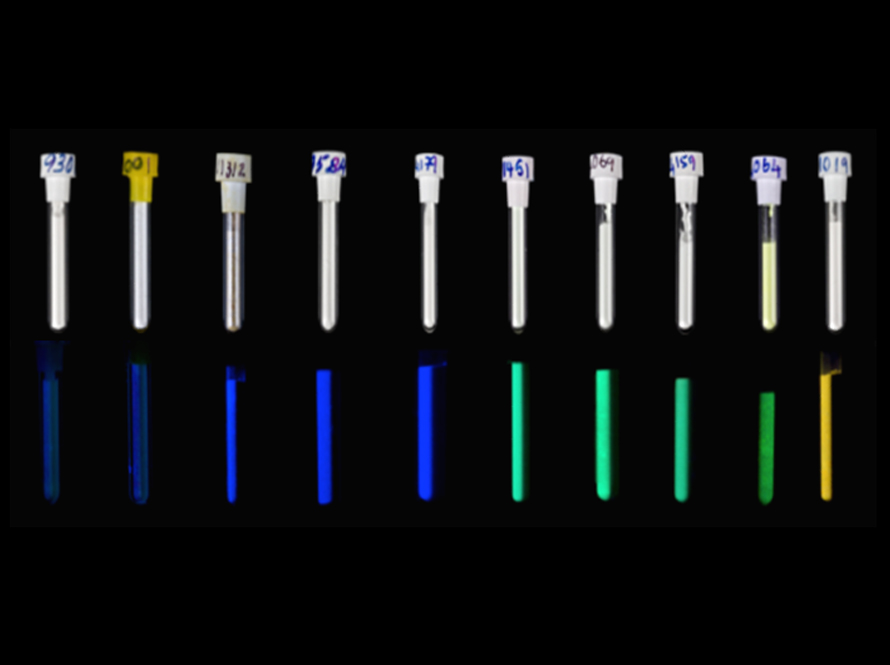The Nuclear Science Division operates the 88-Inch Cyclotron, which is the home of the Berkeley Accelerator Space Effects (BASE) facility, the Semiconductor Detector Laboratory (SDL), and the Scintillator Engineering Laboratory (SEL).
Our strategic priorities are:
- Reinforce the 88-inch cyclotron as a national center for heavy element research and a leading facility for space effects measurement and ion source development
- Make the Semiconductor Detector and Scintillation Engineering Labs engines of innovation and opportunity

The 88-Inch Cyclotron is a variable energy, high-current, multi-species cyclotron capable of accelerating ions from hydrogen to uranium. The science program at the 88-Inch Cyclotron supports the superheavy element program, nuclear structure experiments, medical physics applications, and experiments supporting the nation’s nuclear data effort.

The Berkeley Accelerator Space Effects (BASE) Facility supports national security and other U.S. space programs by providing well characterized beams of protons, heavy ions, and other medium energy particles that simulate the space environment. The National Security Space community and researchers from other government, university, commercial, and international institutions use these beams to understand the effect of radiation on microelectronics, optics, materials, and cells.

The Semiconductor Detector Laboratory (SDL) is a leading facility for the development, fabrication, and characterization of novel semiconductor radiation detectors. The SDL has a long history of pioneering the development of High Purity Germanium (HPGe), Cadmium Zinc Telluride (CZT), and Silicon (Si) detectors for applications in basic science, medical imaging, and nuclear security.

The Scintillator Engineering Laboratory (SEL) develops new organic and inorganic scintillators for radiation detection. The SEL drives the discovery and characterization of new luminescent radiation detector materials, the optimization of scintillator properties, and the exploration of fundamental scintillation mechanisms.